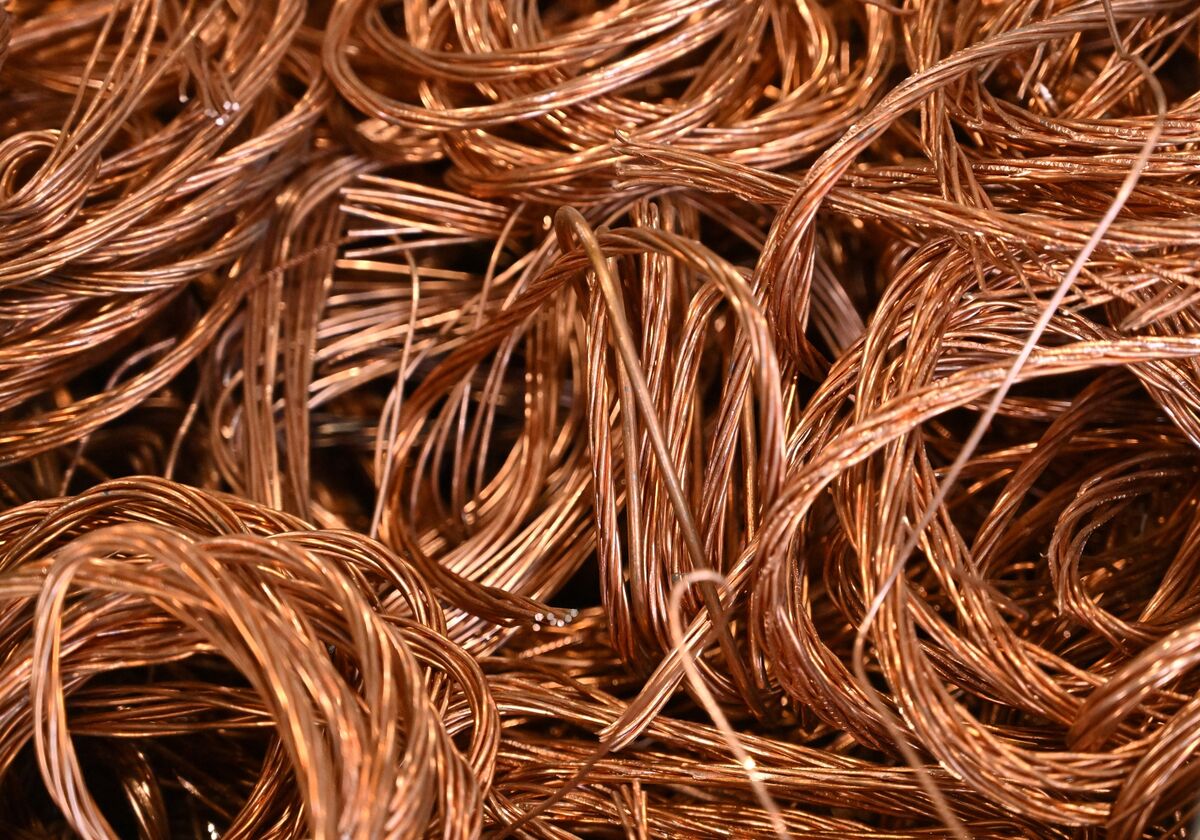**The American Penny Is History—Is the Nickel Next?**
The last pennies were pressed at the US Mint in Philadelphia on Wednesday, marking the end of an era. The penny, long a staple of everyday transactions, has become a victim of production costs higher than its value and limited usefulness in modern commerce. While pennies remain legal tender, banks and merchants across the country are already reporting shortages as supplies dwindle.
The reasons that led the government to discontinue penny production are even more pronounced for the nickel. Pennies cost nearly 5 cents each to make—4 cents more than their face value. The nickel, however, has an even steeper production deficit, with each nickel costing nearly 9 cents to produce. That’s a significant loss for a coin meant to be worth just 5 cents.
**What’s in Your Change?**
Nickels are composed of 75% copper and 25% nickel, making them especially costly as the prices of these metals rise. Despite their reputation, pennies are not solid copper—they’re actually copper-plated zinc, meaning they are 97.5% zinc and only 2.5% copper. While zinc prices have remained relatively stable since 2016, copper and nickel prices have roughly doubled, further inflating production costs.
The US Mint, along with its supplier Artazn—one of the world’s oldest and largest producers of solid zinc strip and zinc products—has been exploring ways to reduce the cost of making a nickel to below 5 cents. Mark Weller, executive director of Americans for Common Cents (a pro-penny group primarily funded by Artazn), says that a new, more affordable nickel could be produced within a year without changing its appearance.
“It just so happens that copper and nickel are two of the more expensive metals you could be using,” Weller explained.
**Beyond Production Costs: Usefulness in Decline**
Production costs aren’t the only issue. Like the penny, the nickel’s usefulness is fading. Americans are using coins less and less—even when paying with cash. Other countries, such as New Zealand and Australia, retired low-denomination coins like the nickel years ago, often within two decades of discontinuing their own pennies.
David Smith, a professor of economics at Pepperdine University’s Graziadio School of Business and Management and an avid coin collector, points out that diminishing cash usage reduces urgency to eliminate small coins. He believes nostalgia will slow the end of the nickel, but thinks it’s inevitable—potentially within 15 or 20 years.
“There’s enough nostalgia for the coins to slow any move toward eliminating them,” Smith noted.
**The Shift Toward a Cashless Society**
Weller expressed concern that moving away from cash, including low-value coins like nickels and pennies, could create problems for lower-income Americans. “The move away from cash really benefits big banks and credit card companies,” he said. “They’re charging businesses every time someone swipes their card, and those costs end up being passed onto consumers.”
**Rounding and “Rounding Taxes”**
As merchants grapple with penny shortages, many are unsure if they can round purchases to the nearest 5 cents. Some have called upon Congress to clarify the rules. However, rounding to the nearest 10 cents could have an even greater impact. A Federal Reserve Bank of Richmond study found that rounding to the nearest nickel would cost consumers about $6 million annually, while moving to the nearest dime would cost $56 million—a difference felt by households as an average of just 42 cents per year.
**Challenging Economics of Coin Production**
Adjusting the nickel’s materials might not solve all production cost issues. Even if a new nickel costs less than 5 cents to make, it’s a constant challenge to remain within budget. Notably, 2.8 cents of each nickel’s cost stems from administrative and distribution expenses, rather than materials or manufacturing.
Both Weller and Smith agree the nickel isn’t disappearing overnight. The Mint has lost money on every penny and nickel produced since 2006, yet pennies were only discontinued this year.
“I’ve had reporters calling me about the future of the penny for the last 30 or 35 years,” Weller remarked. “So I don’t see there being an immediate change.”
**Stay Informed**
Stay connected with updates on currency changes and more by subscribing to The Philadelphia Tribune.
—
*Share your thoughts: Have you noticed the coin shortage? Do you miss the penny? Leave a comment below with your stories or historical insights.*
—
**Bonus for TSA Employees**
In other news, Homeland Security Secretary Kristi Noem announced that TSA employees who “stepped up every single day” and “served with exemplary service” will be receiving bonus checks in recognition of their efforts.
https://www.phillytrib.com/news/business/with-the-end-of-the-penny-is-the-clock-ticking-for-the-nickel/article_22f2225b-b90f-477a-b76b-cce65224c3c0.html


